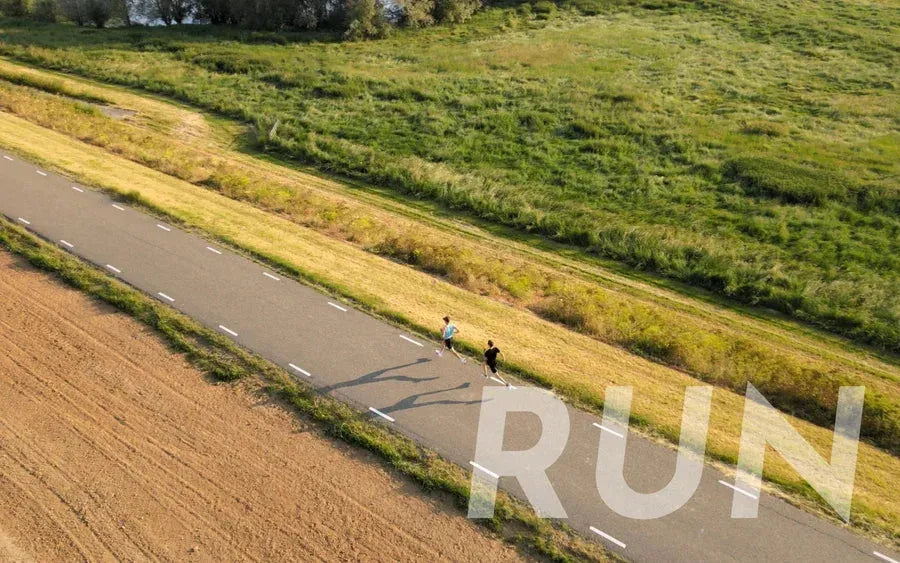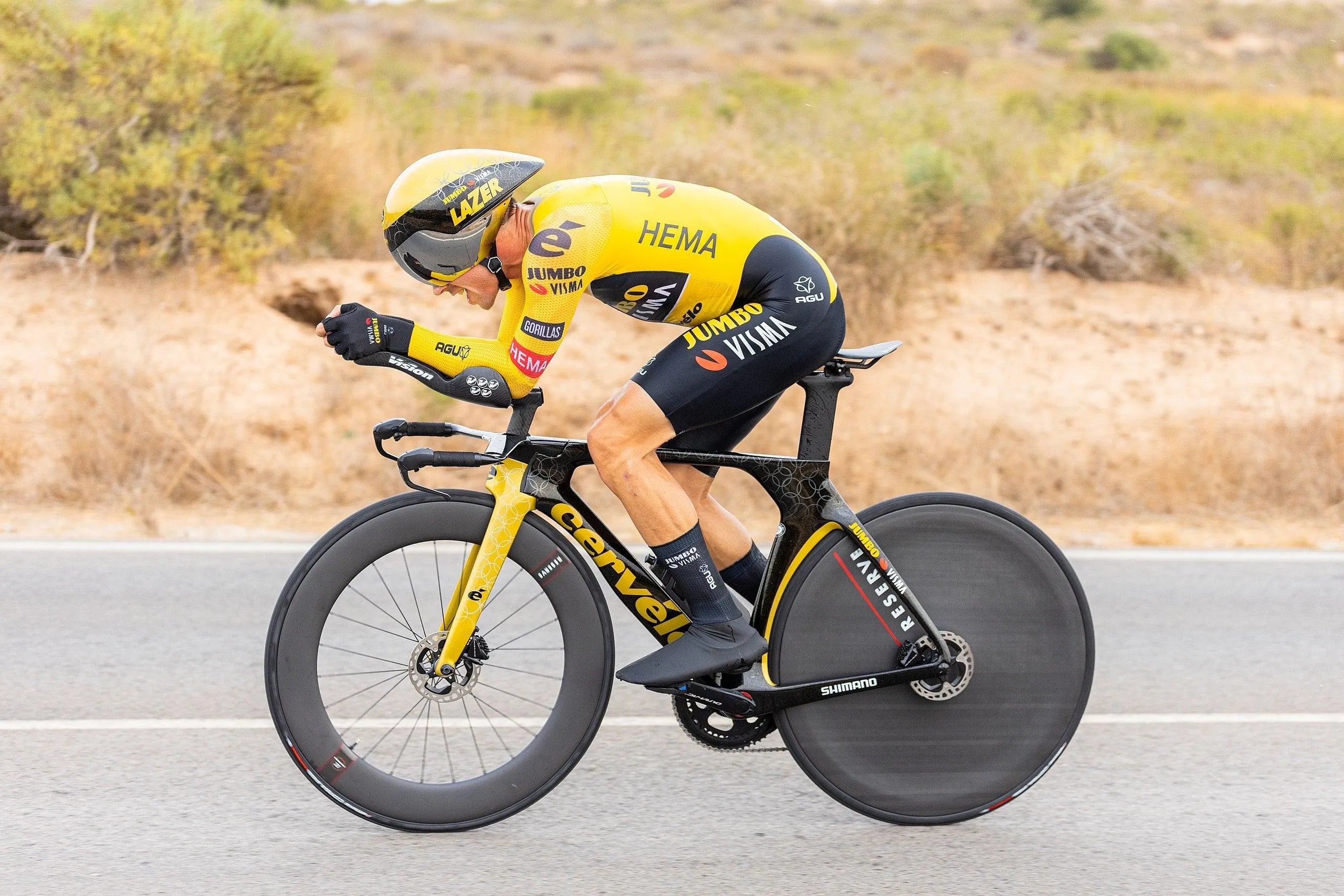Muscle oxygen sensors have grown in popularity among athletes and coaches as a tool for improving training and performance. These sensors assess the oxygen saturation levels in the muscles, providing significant information about training effectiveness and recuperation. This post will go over how to use muscle oxygen sensors for sports training and the advantages of doing so.
Choose the Right Sensor
The first step in using muscle oxygen sensors for sports training is to choose the right sensor for your needs. There are several types of sensors available, including wearable sensors, hand-held sensors, and stationary sensors. Consider factors such as the level of accuracy needed, the type of sport or exercise, and the budget when choosing a sensor. If you’re just getting started, look at the Train.Red FYER. Are you looking for more accurate data, a sensor that measures faster and deeper than ever before? Check out the Train.Red PLUS.
Identify the Muscles to Measure
Once you have chosen a muscle oxygen sensor, the next step is to identify the muscles you want to measure. Consider the specific goals of your training and the muscles that are most involved in the sport or exercise you are training for. Not sure what muscles you can measure, refer to this article (coming online soon).
Attach the Sensor
Before attaching the sensor, make sure the skin is clean and dry. Attach the sensor to the skin directly over the muscle being measured, following the manufacturer's instructions. Make sure the sensor is securely attached and in the correct position. For us, just use one of the three straps and/or patches. You can go to our manual to learn more.
Start Training
You can begin the training once the sensor is set up. The sensor will provide data on the oxygen saturation levels in the muscles being evaluated in real time in our Train.Red app or on your smart watch. Make use of this data to improve your training by altering the intensity, duration, and frequency of your sessions.
Monitor Rest
If you are an endurance athlete and want to monitor how much time you should rest in between sets or if you are training strength and you are not sure when you should start your next set, we might have the solution for you. By looking at the trend of muscle oxygen saturation in the muscle tissue, you can accurately know when your muscle is ready for the next set.

Analyze the Data
Analyze the data provided in real-time and adapt your intensity and muscle fatigue. Then, analyze your data after each training session and examine the trend and patterns of oxygen saturation levels to discover areas for improvement or future problems. Use this data to fine-tune your training regimen and improve your performance. Our Train.How page will provide you with additional information.
Conclusion: muscle oxygen sensors are extremely easy and non-invasive to use
Muscle oxygen sensors can be a valuable tool for athletes and coaches to optimize their training and performance. By choosing the right sensor, identifying the muscles to measure, attaching the sensor correctly, starting training, and analyzing the data, athletes can gain valuable insights into the effectiveness of their workouts and make adjustments to their training plan. So, if you want to take your sports training to the next level, consider using muscle oxygen sensors.
Frequently Asked Questions
Q: How much do muscle oxygen sensors cost?
A: The cost of muscle oxygen sensors varies depending on the type of sensor and the level of accuracy needed. Hand-held sensors can cost as little as 200EUR, while wearable sensors can cost up to 1000EUR or more. Our prices start at 600EUR for the FYER and 1499EUR for worlds fastest device, the Train.Red PLUS, that measures deeper than ever before.
Q: Can muscle oxygen sensors be used for injury rehabilitation?
A: Yes, muscle oxygen sensors can be used for injury rehabilitation by measuring the oxygen saturation levels in specific muscles and tracking progress.
Q: Are muscle oxygen sensors suitable for all levels of athletes?
A: Yes, muscle oxygen sensors are suitable for athletes of all levels, from amateur fitness enthusiasts to professional athletes.



